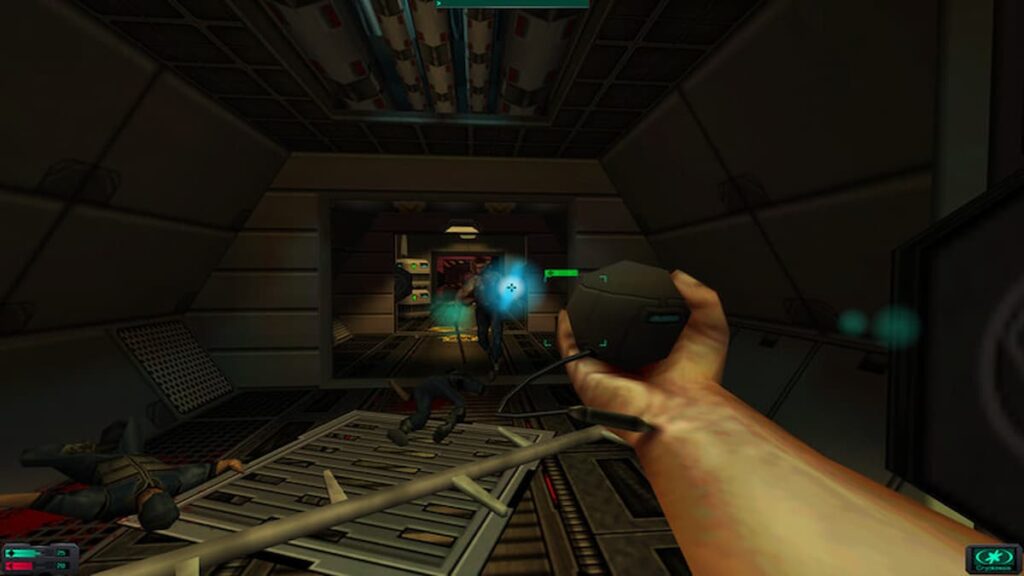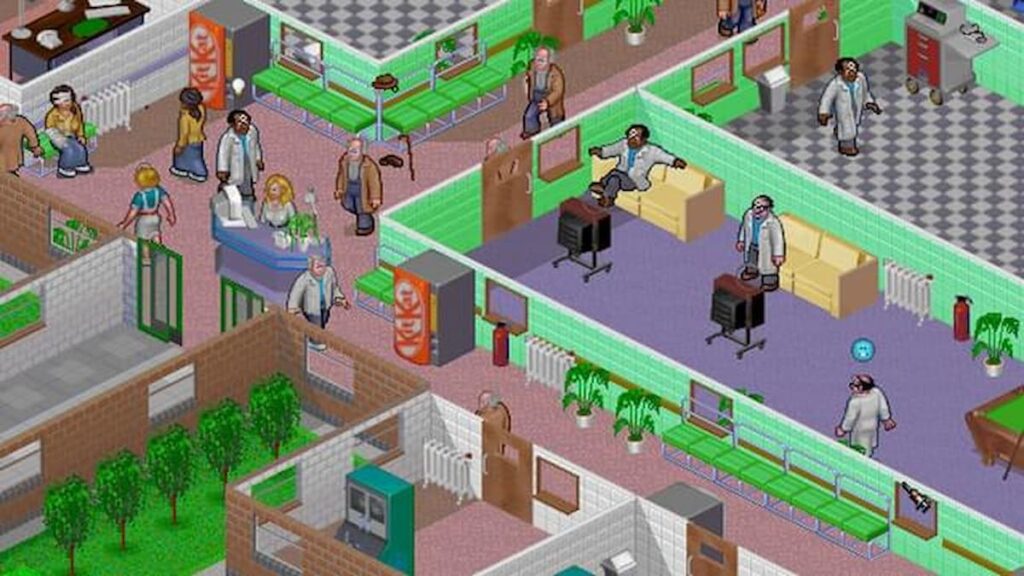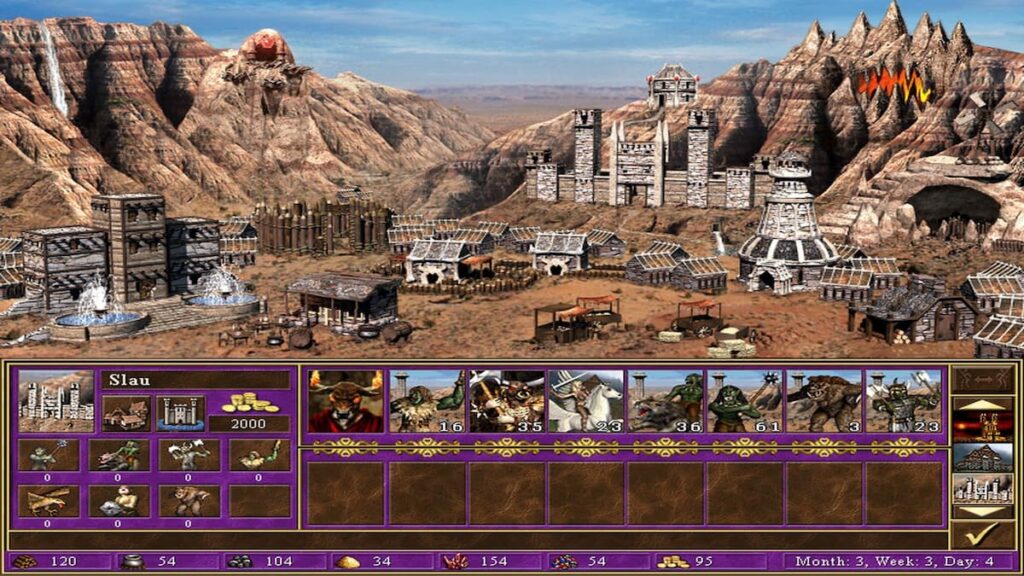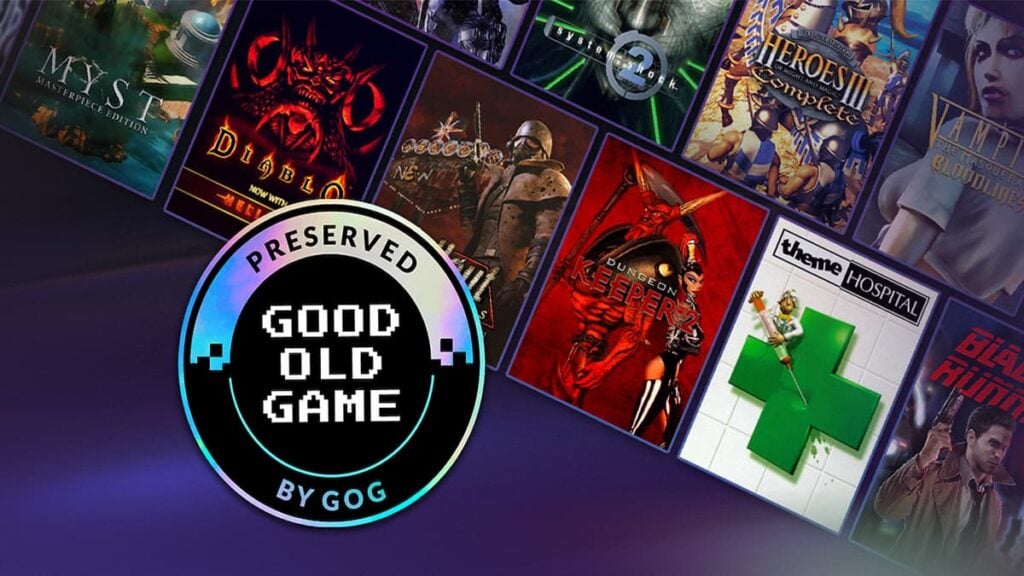Skip To...
In November 2024, Good Old Games (GOG) announced a game preservation initiative. Fittingly called the GOG Preservation Program, its aim is to preserve classic games so that they’re always playable on modern hardware. Crucially, this is even after the games’ developers stop supporting the titles. In itself, preserving instrumental video games for posterity is a noble goal. But actually, the GOG Preservation Program is more important than that. I’d argue that it could be crucial in shaping gaming’s future.
Preservation Army

Game preservation is something of a hot topic at the moment, not least because of recent events highlighting the issue. For example, digital distributor Steam now warns users making purchases on its storefront that they’re only purchasing a license for said games, not games themselves. This change seemed to be made in anticipation of California law demanding that companies highlight that buyers don’t actually own digital content. There’s also the recent furor around Ubisoft shutting down The Crew, even resulting in a class-action lawsuit. The plaintiffs have contended that, in purchasing The Crew, they were led to believe that they’d be able to play it in perpetuity. Seems reasonable, but Ubisoft had other ideas.
These are only recent reminders that digital “ownership” of a video game doesn’t actually mean you own that game. You’re very much at the whim of the publisher, who may render your game unplayable with no recourse.
This is why the presence of Good Old Games (GOG) in the digital marketplace is so important. GOG doesn’t leverage digital rights management (DRM), which controls how digital content is used. You can install any GOG purchases using offline installers. Nobody, (apart from the fickle PC gods, perhaps) can take the game away from you. Once it’s installed on your PC, it’s yours, regardless of what publishers do.
Amusingly, GOG was only too quick to make a pointed remark on X following Steam’s aforementioned clarification. Beyond the humor, though, the telling riposte highlights a more serious issue regarding game preservation. How can we learn from video games’ legacies, the titles that shaped the medium and defined genres, if they can be taken away at a moment’s notice?
Good Old GOG

GOG offering DRM-free games is nothing new, though; it has been doing so for over a decade. But game preservation has another major challenge. The reality is that many of the classics like Warcraft and the peerless Theme Hospital struggle to run on modern systems. They simply weren’t designed for modern PC architecture.
This is why GOG’s Preservation Program is so important. GOG has committed to maintaining games in its program so that they’re always playable on modern hardware. Even if publishers remove a game from sale, something which unfortunately is out of GOG’s hands, the Polish company says it will continue to ensure compatibility with modern systems.
Naturally, there are some limitations. At the time of writing, GOG has only interred 102 games into its program. The company states, however, that:
“There is a long backlog of games currently being evaluated. We want hundreds of games to be stamped by the end of 2025.”
It would also be remiss to suggest that GOG has launched the Preservation Program purely through philanthropy. Given its history as a Polish company trying to legitimize sales of foreign games in the previously communist country and my experience of the spirited Polish people, I’m sure many of those involved are genuinely passionate about game preservation. But it’s also an excellent selling point. And that’s absolutely fair enough in my book.
Regardless, the GOG Preservation Program is an important initiative, allowing future generations to play some of yesterday’s classics. But, I’d argue it actually has a more important purpose than that.
Those That Fail To Learn from History…

Many of what GOG calls “classic games” in the GOG Preservation Program are, understandably, very dated. They hark back to a different time in the industry when major technical limitations required developers to think very carefully about game design. It would be wrong to say there wasn’t a focus on pushing graphical boundaries. But developers had to be imaginative with how they represented the game world due to resource constraints.
For at least the last couple of console generations, the arms race for graphical performance has plateaued. Games continue to look ever more remarkable, but there aren’t the same jumps as we had in previous generations. Indeed, former Sony president Shawn Layden thinks we’re not going to see these big “leaps” again. And it could be argued that we’re not seeing major advances on the game design side, either. Sure, games have become more accessible and easier to play for a broader audience, with many quality-of-life features that are jarringly absent in the old classic titles. But with the continued focus on improved performance, typified by the barrage of remasters, there hasn’t been the same game design innovation, at least in the AAA space.
The GOG Preservation Program, therefore, is not just preserving these classics for posterity. Developers can and should continue to learn from them. They can analyze what was required at the time due to resource constraints and how, without resorting to flashy graphics, these seminal titles provided gameplay loops and compelling stories that have captured literally generations of players. That sort of focus is required to get the industry back on track in the era of ballooning development costs. So I, for one, applaud GOG for the Preservation Program. Hopefully, it can continue to expand its catalogue into 2025.
Now, if you’ll excuse me, writing about Theme Hospital has given me an itch. I need to get back to mismanaging medical establishments.








